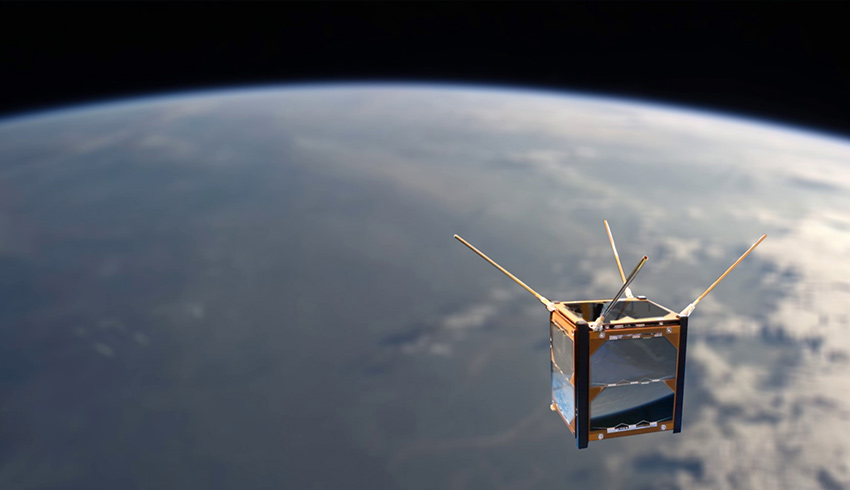Already the Australian government, local firms and research organisations, plus global partners, have contributed almost $190 million in cash and in-kind support for future activities.
Australian start-ups involved in the CRC include X-Lab, Myriota, FluroSat, Fleet, Inovor, Lyrebird and Delta-V. Australian universities and research organisations include ANU, UNSW, RMIT, Swinburne, QUT, Curtin, CSIRO and the Defence Science and Technology Group.
Global partners include Airbus, BAE, MDA, Northrop Grumman, Saab and SciSys.
The SmartSat CRC bid for Commonwealth funding was led by the University of South Australia and SA-based company Nova Systems.
Nova Systems chief executive Steve Robinson said it was exciting to be at the forefront of an Australian space industry milestone.
“We have already seen overwhelming support and collaboration for the CRC from industry leaders and world-renowned research organisations,” he said.
“The CRC is another step towards the enhancement of the capability and competitiveness of the Australian space sector, providing an opportunity for the next generation of space companies and technologies.”
Professor Russell Boyce, director of UNSW Canberra Space, said the SmartSat CRC would allow Australia to grow the space research and innovation that already exists in Australia.
“Having the SmartSat will ensure that Australia continues to not only be a part of the space race internationally, but be leaders in cutting-edge research technology,” he said.
Swinburne University of Technology deputy vice-chancellor (research and development) Professor Aleksandar Subic said the university was excited to bring its world-leading capabilities in astronomical data processing and visualisation to bear on the enormous opportunities the SmartSat CRC will bring.
That would drive growth of the Australian space industry, he said.
“The challenges facing our industry partners within the CRC are of a global scale and we can help solve them with the cutting-edge machine learning and AI techniques developed at Swinburne as part of our internationally recognised Industry 4.0 capability,” Professor Subic said.
Queensland University of Technology Professor Kerrie Mengersen said there was a wealth of data generated by space technology and much more to come.
“We’re looking forward to being able to contribute to the data-focused aspects of this CRC, in particular trying to corral the data into telling us important information about space, science and our society,” she said.
Macquarie University associate professor Sam Reisenfeld, who leads Macquarie’s contribution to the CRC, said a new generation of low-cost smart satellite technology had the potential to enhance agriculture, mining, communication and national security.
“Through the CRC we will further develop our technologies to enable satellites to communicate with each other and with users faster and more efficiently,” he said.
“Our contributions to the CRC will include artificial intelligence-based algorithms for satellites and Earth stations, technologies to integrate satellites with 5G phone networks, and ways to utilise satellite technology in the internet of things.”

